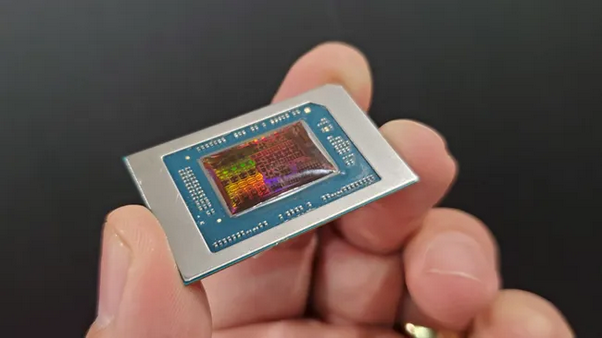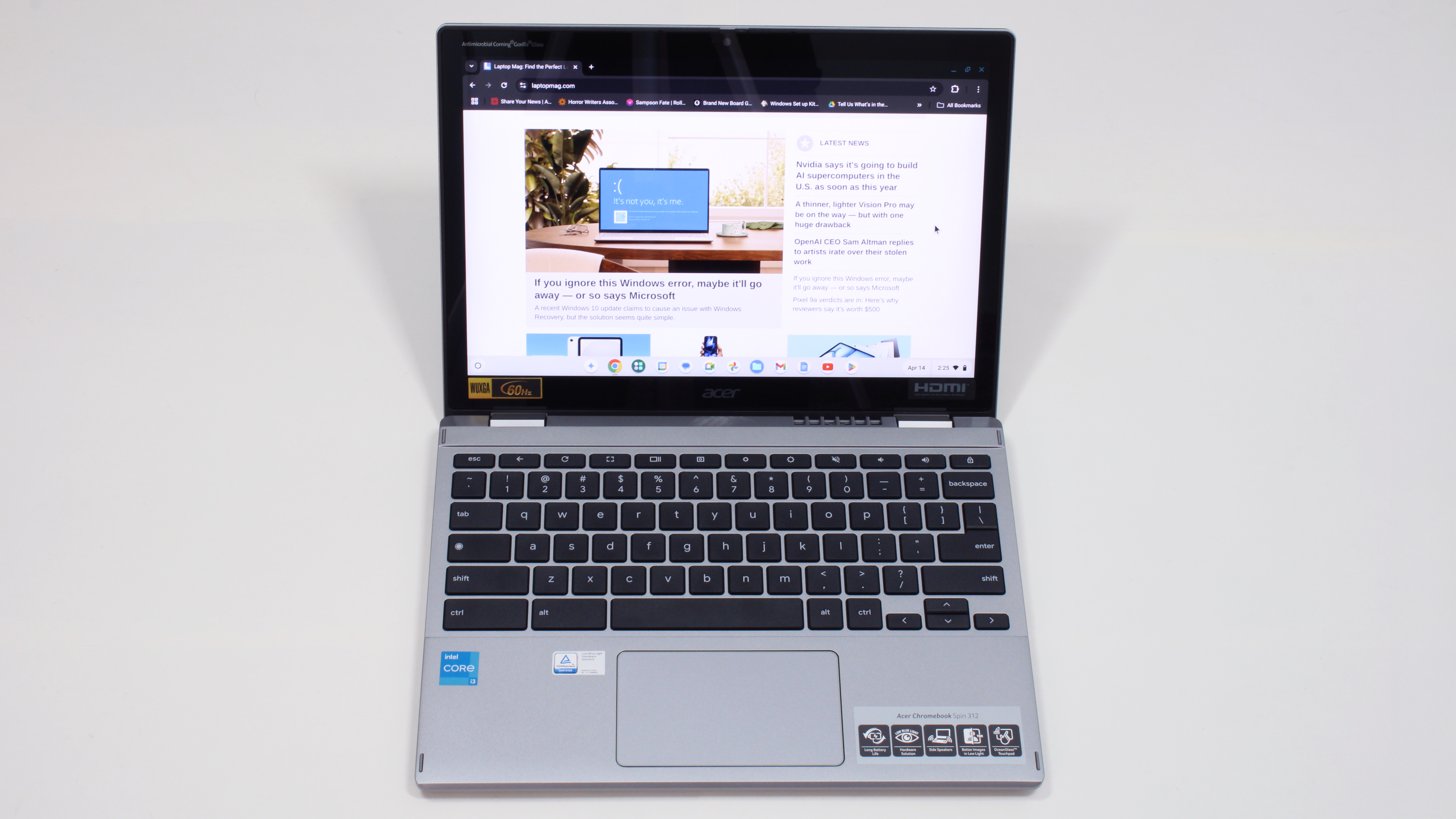AMD’s Ryzen Z2 Extreme just brought AI to handhelds — should the competition be worried?
With 50 TOPS of AI firepower, should Intel, Qualcomm, and Nvidia be paying attention?

AMD’s new Ryzen Z2 Extreme lineup has expanded with a game-changing twist: A built-in AI engine capable of 50 TOPS (trillion operations per second) of on-device AI compute.
The AI power in the new chip, the AMD Ryzen AI Z2 Extreme, is well above Microsoft’s 40 TOPS Copilot+ PC requirement, and ahead of Intel’s upcoming Lunar Lake platform and Qualcomm’s flagship Snapdragon X Elite.
The AMD Ryzen AI Z2 Extreme and another chip, the AMD Ryzen Z2A, designed to extend battery life, were announced on Sunday at the Xbox Games Showcase, which also saw the unveiling of the Asus ROG Xbox Ally and Asus ROG Xbox Ally X.
What sets the AMD Ryzen AI Z2 Extreme apart is its AI credentials and the fact that it delivers this power in a 35-watt envelope, making it suitable for compact handheld devices and ultra-portable laptops.
Built for handhelds, ready for Copilot+
The Ryzen Z2 Extreme is built on AMD’s new Zen 5 CPU architecture, paired with RDNA 3.5 integrated graphics and support for LPDDR5X-8000 memory.
It features 8 cores and 16 threads with up to 24MB of cache and a Radeon GPU with 16 compute units. The NPU is based on AMD’s second-generation XDNA architecture, which handles AI inference without drawing heavily on CPU or GPU resources.
This chip is a direct successor to the Ryzen Z1 Extreme, which powered high-end handhelds like the original ROG Ally. It significantly upgrades efficiency, graphics performance, and AI capabilities.
Sign up to receive The Snapshot, a free special dispatch from Laptop Mag, in your inbox.
The dedicated NPU is capable of offloading Windows Studio Effects, AI-driven upscaling, noise suppression, and even real-time virtual assistant features, all of which run locally.
A confusing collection of chips?
Not everyone is thrilled by AMD’s approach. Critics point out that the Z2 lineup actually comprises four different generations of silicon under a single name.
PC Gamer emphasizes how Ryzen Z2 A appears to be nothing more than a rebranded Steam Deck’s Van Gogh APU, with old Zen 2 CPU cores and RDNA 2 GPU, despite AMD pretending it’s fresh silicon.
Similarly, the Ryzen AI Z2 Extreme is simply the existing Strix Point Z2 Extreme chip with the NPU enabled; there are no changes to core or GPU configurations beyond flipping on the AI engine. Critics argue that this muddied naming strategy makes it harder for consumers to understand what they’re buying.
Others also question the NPU's real-world impact. While the presence of AI hardware brings potential for on-device features such as adaptive gameplay and upscaling, some argue that RDNA 3.5 still lags behind AMD's desktop RDNA 4 and far behind Nvidia’s Tensor core-equipped GPUs.
At best, the benefit is currently theoretical.

Pressure on Intel and Qualcomm
AMD’s new chips are arriving just in time for a wave of next-generation handhelds. Asus has already confirmed that it’s building new devices around the Z2 series. The Asus ROG Ally X is expected to feature the Ryzen Z2 Extreme, while Lenovo’s Legion Go 2 and Go S are set to include both high-end and lower-tier options.
Lenovo and MSI have also confirmed new devices around the Z2 series. MSI is adding a Z2 Extreme configuration to its Claw handheld, while Lenovo’s Legion Go 2 and Go S are set to include both high-end and lower-tier options.
AMD's move into AI-capable handheld chips puts pressure on Intel and Qualcomm. The Core Ultra 7 155H includes an integrated NPU rated at about 11 TOPS, while Qualcomm's Snapdragon X Elite offers up to 45 TOPS. Intel’s upcoming Lunar Lake platform is also expected to reach 45 TOPS.
By delivering 50 TOPS in a power envelope that works in handheld devices, AMD currently holds the edge in AI performance per watt. Unlike Snapdragon chips, AMD’s processors are x86-based, meaning they offer full compatibility with the existing Windows game library. That remains a major advantage for handheld PCs.
A big win for AI and gaming
Combining high-end gaming performance with serious AI power, AMD is clearly looking to take the lead in bringing AI into the gaming handheld space.
And with strong OEM support and a lineup that covers both premium and entry-level use cases, the Ryzen Z2 series may well power the next wave of portable PCs.
If you're waiting for a handheld that can handle both AAA games and AI workflows, AMD just gave you 50 trillion reasons to pay attention.
More from Laptop Mag

Luke is a freelance writer and journalist. Although his background is in legal, he has a personal interest in all things tech, especially hardware and microelectronics, and anything regulatory. Aside from Laptop, he contributes to publications including All About Circuits and EE Power.
